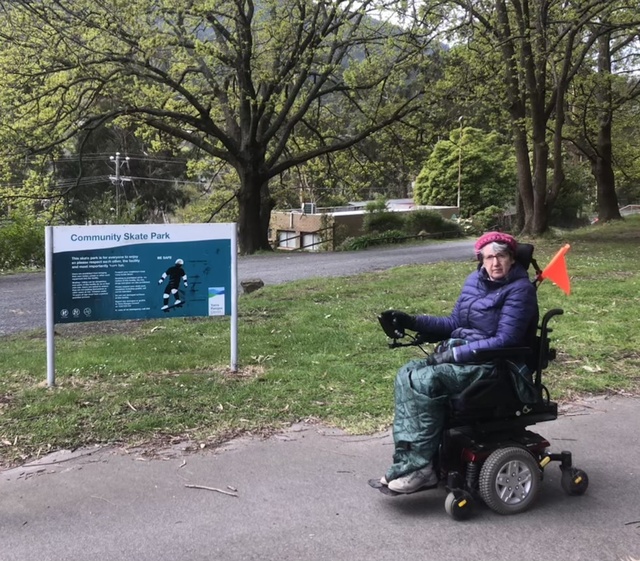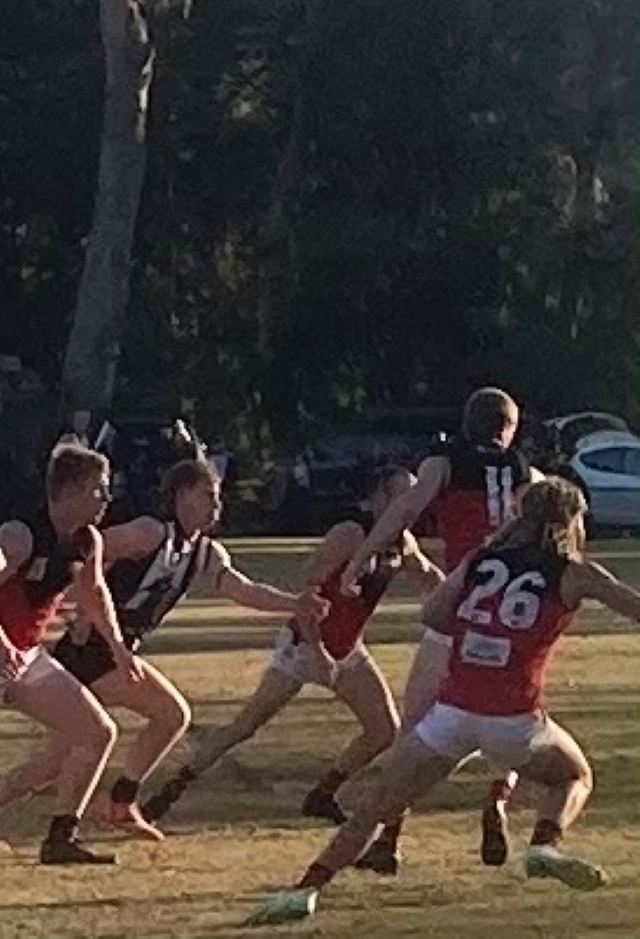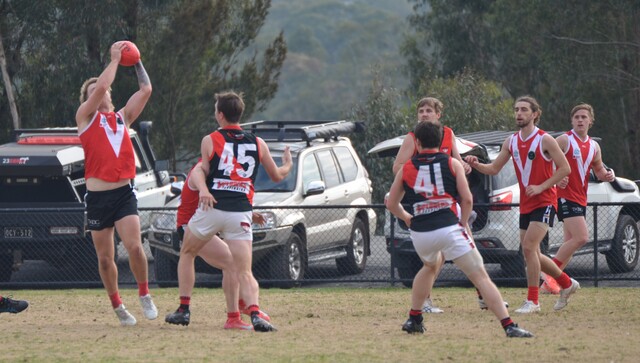June and July will prove critical planning months for Murrindindi Shire Council’s continuing war on European wasps.
A community, business and council partnership has resulted in the destruction of more than 700 nests over the past season.
However Murrindindi’s Infrastructure and Waste Portfolio representative councillor Eric Lording said the council was also aware that many land owners and volunteers have been taking action.
The council has stated its commitment to prioritising European wasp management over the next year saying there will be a special focus on a more strategic and comprehensive approach to managing the wasps’ impact on Murrindindi communities.
The 26 April council meeting agreed that appropriate resources would be allocated to ensure its wasp management program was effective in helping reduce wasp numbers next year.
Cr Lording said the council had recorded a very high number of calls for advice and assistance with European wasps in February and March this year.
“As a result, council has designed a program which reflects its commitment to reducing wasp numbers within the municipality,” Cr Lording said.
He said wasp powder had been provided to community volunteers and council officers had also been actively targeting nests.
Other groups have been working together to increase community involvement and educate people on ways to reduce the pest’s impact.
A specialized wasp-killing trap has been developed as part of the ongoing campaign.
“When used at the right time of year the trap can destroy queen wasps before they build a new nest in spring,” Cr Lording said.
“These traps have only a minimal impact on native species and honey bees.”
Cr Lording said council officers will work with the community, volunteer groups and land managers in June and July to plan the best approach to management of this problem that may include having traps ready for action between August and November.
From November until April, the focus will then move to nest destruction at high-priority sites including open spaces in Marysville, Eildon pondage, Yea Wetlands, UT Creek and transfer stations.
Council’s blitz on wasps
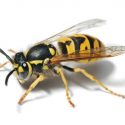
Digital Editions
-
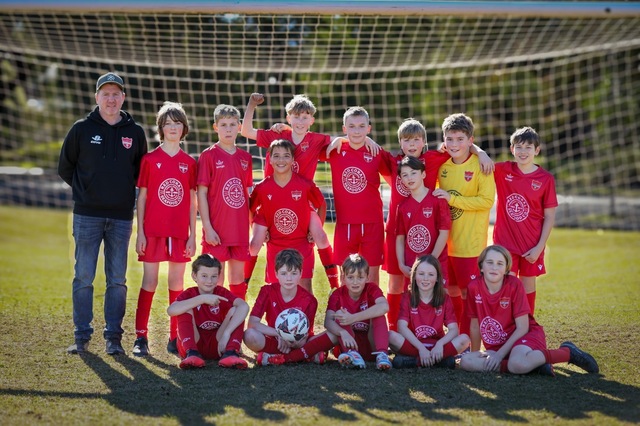
Red Coral Gala Day for the Reds
Healesville Soccer Club hosted 13 games at home last weekend for long-time sponsor Red Coral Seafood’s Gala Day. Healesville Seniors 5-1 Croydon Rangers Healesville kicked…


